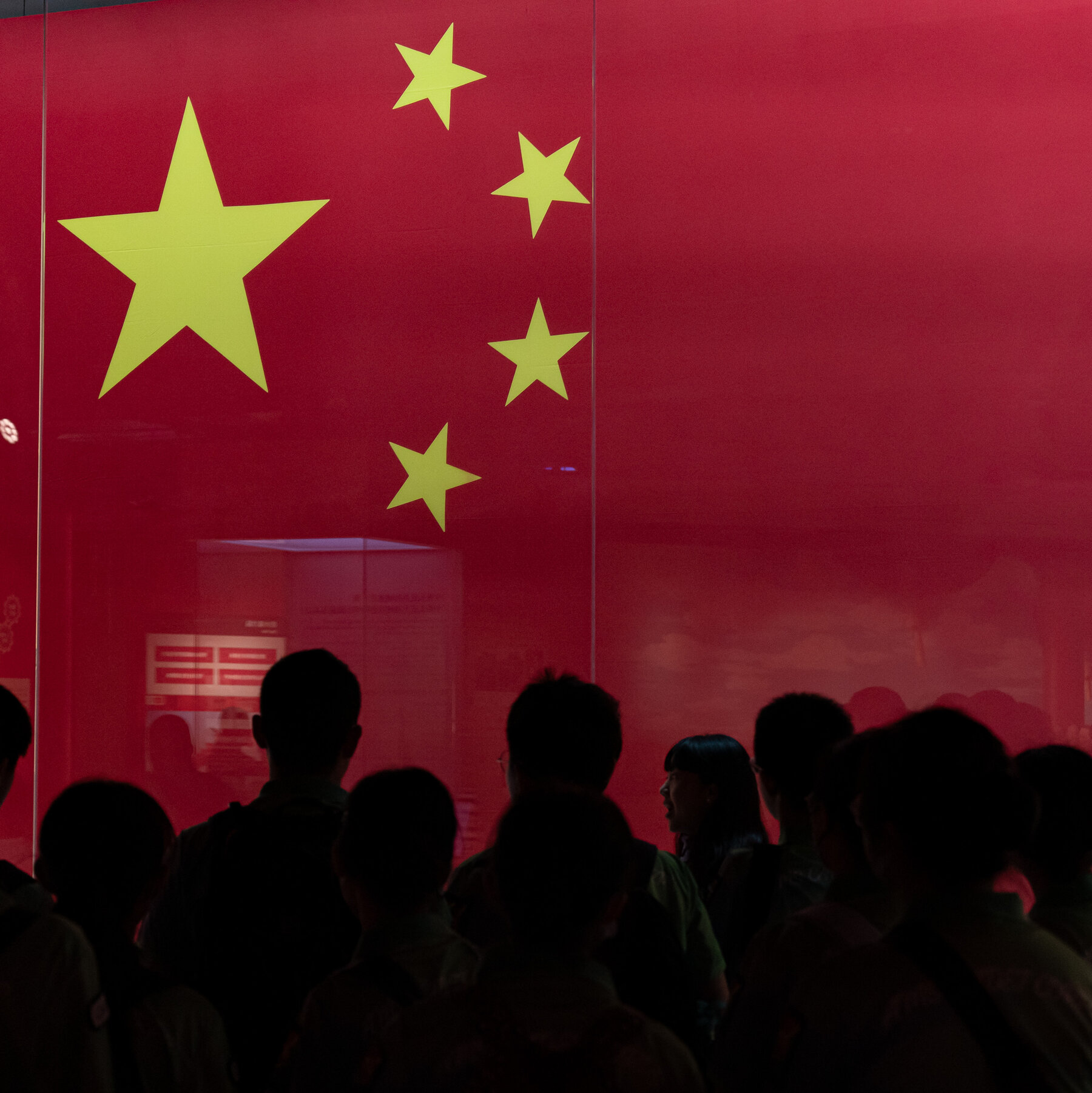Business Latest news RSS
France’s new legislation mandates clear labeling for downsized products, aiming to combat ‘shrinkflation’ and empower consumers.
U.S. TikToker Danny Rayes got the online community’s attention last year when he came out with a video showcasing several compelling examples of “shrinkflation.” In one part of the video, he showed how ice cream bars like Magnum no longer fill up ice cream all the way, while Mint Nights are now putting more space in between their chocolate clusters. Girl Scout cookies have significantly shrunk over the years, while Cadbury Chocolates would label their chocolate bars with “Now Bigger” signs even without changes on their packaging.
Although most examples occur state-side, “shrinkflation,” the tactic of reducing product size while maintaining the same (or sometimes higher) price, is occurring worldwide.
Because of this, France has recently taken a significant step in the battle against ‘shrinkflation’ by mandating that all products subject to downsizing must be labelled accordingly starting July 1.
According to a report, this legislation addresses the subtle reduction in product sizes while maintaining or even increasing prices, a practice often unnoticed by consumers. ‘Product transparency’ in this context refers to the need for clear and accurate product information, including any changes in size or quantity, to ensure consumers can make informed purchasing decisions.
In another report by the New York Times, the French government hopes that through the new legislation, the consumers would act as unofficial “informers” and guardians of the Finance Department regarding this doubtful practice.
“The practice of shrinkflation is a scam… We are putting an end to it,” said Bruno Le Maire, France’s finance minister.
Understanding ‘Shrinkflation’
‘Shrinkflation’ refers to the tactic manufacturers employ to reduce the size or quantity of a product while keeping its price unchanged or even increased. This subtle form of inflation allows companies to maintain profit margins without overtly raising prices, thus often escaping consumer scrutiny. Common examples include:
Reducing the weight of chocolate bars.
Shrinking the volume of packaged goods.
Diminishing the contents of household products such as detergent, all while presenting the product in similar packaging.
The Impact on Consumers
The problem with ‘Shrinkflation’ is not just a subtle change in product size but also a threat to consumer trust. These seemingly minor alterations can accumulate over time, leading to higher overall consumer costs. Smaller product sizes can also affect perceived value and satisfaction, influencing consumer purchasing decisions—a result that prompted France’s legislative response.
The legislation requires clear labelling of products subject to downsizing. Starting July 1, manufacturers must prominently display information about any product size or quantity reductions on the packaging. Non-compliance can result in significant fines.
Ensuing Controversy
However, despite the consumer-centric law, some groups think it is controversial. For example, the Trade Group Association Nationale des Industries Alimentaires (ANIA) takes offence to the French government calling the practice a scam.
“Retailers have accepted these products,” said ANIA president Jean-Philippe Andre during an interview with a French Radio Network. He pointed out that the government references less than 1% of the total consumer products.
Consumer groups, on the other hand, doubt the efficacy of labelling these goods. UFC-Que Choisir president Marie-Amandin Stevenin pointed out that the legislation only covers products that can be bought in-store. She suggested that the “shrinkflation” signs should be put on product labels and not just as store signs, encouraging consumers to meticulously check product and price differences.
Lesson for U.K., The World
As the U.K. (and the rest of the world) face similar challenges in consumer trust and product transparency, it can draw valuable lessons from France’s initiative to enhance consumer awareness and promote fair practices in the marketplace.
Key lessons include: Prioritising consumer awareness through clear labelling of downsized products; Enhancing regulatory oversight by empowering regulatory bodies to monitor market practices and enforce compliance with consumer protection laws; and fostering industry accountability by collaborating with industry stakeholders to drive meaningful change. Encouraging manufacturers to uphold ethical standards and commit to transparent practices benefits consumers and businesses in the long run.
France’s initiative to label ‘shrunk’ products marks a significant step towards promoting transparency and consumer empowerment. The rest of the world, which navigates similar challenges in consumer protection and market integrity, can draw inspiration from France’s approach to enhancing regulatory measures and prioritising consumer interests.








